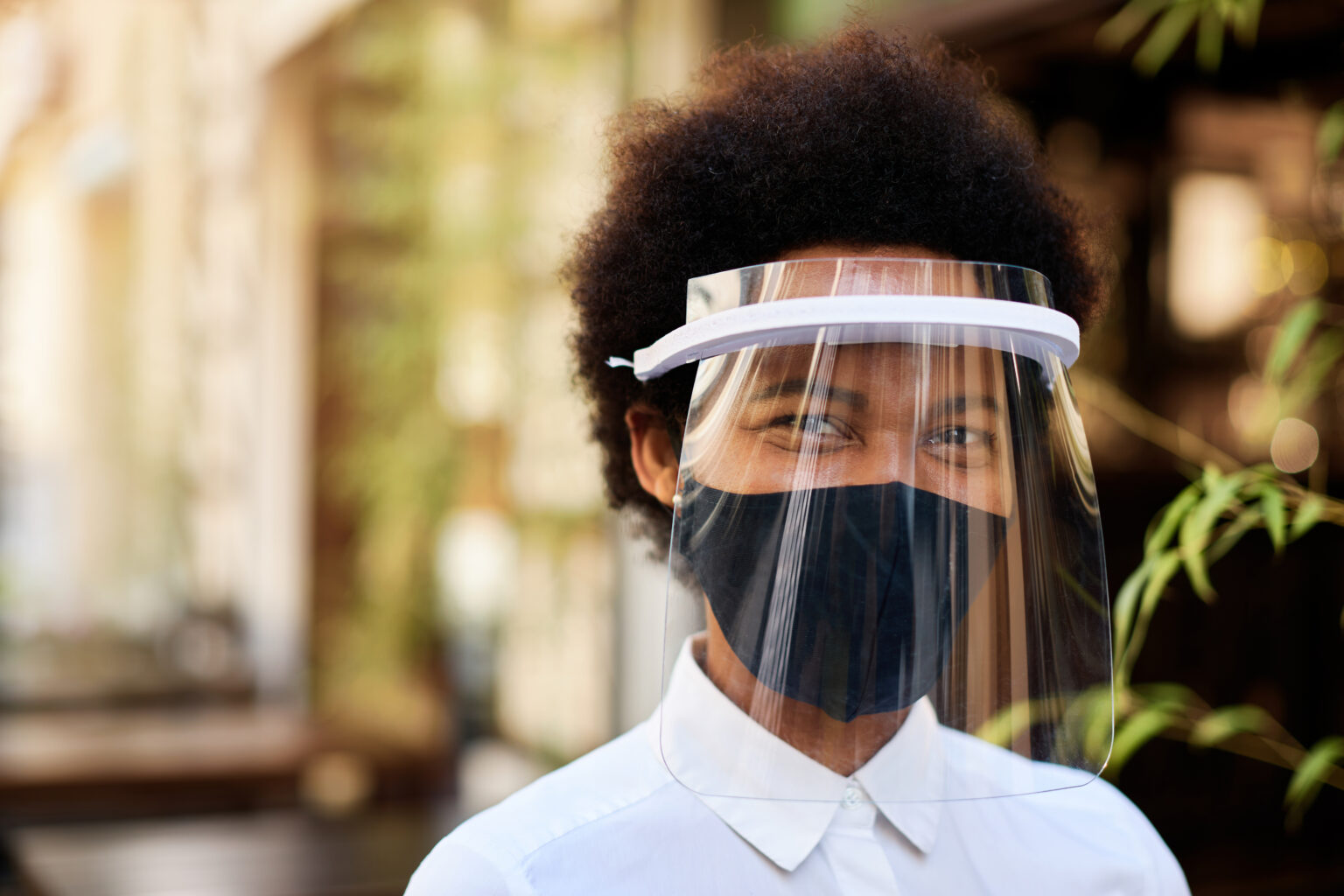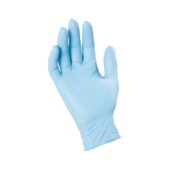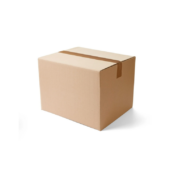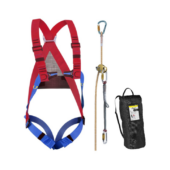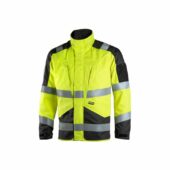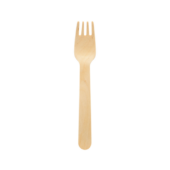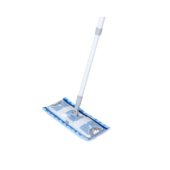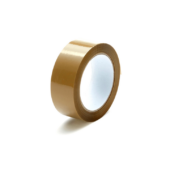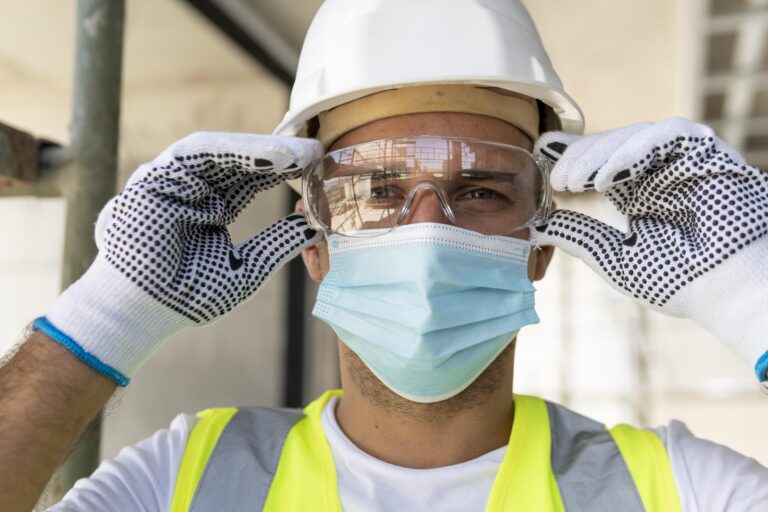Protecting your vision and face is critical when working in industrial environments. This guide will walk you through everything you need to know about selecting the right plastic face shield for industrial safety. Whether you’re a seasoned professional or a first-time buyer, this article ensures you make an informed choice, saving time and providing optimal protection. For a broader overview of face shields, check out our main buyer’s guide on face shields.
Key Types of Plastics Used in Face Shields
Understanding the materials used in plastic face shields is the first step in making the right choice.
| Plastic Type | Features | Best For |
| Polycarbonate | High impact resistance, lightweight, and excellent clarity | Metalworking, construction |
| Acetate | Superior chemical resistance, anti-fog properties | Chemical handling, laboratories |
| Acrylic | High clarity, scratch resistance | Environments requiring optical clarity |
| PETG | Cost-effective, good impact and chemical resistance | General industrial use |
Each material has unique properties suited for specific applications. Acetate shields are particularly effective for chemical handling, while polycarbonate shields provide excellent protection in areas with flying debris.
Factors to Consider When Choosing a Plastic Face Shield
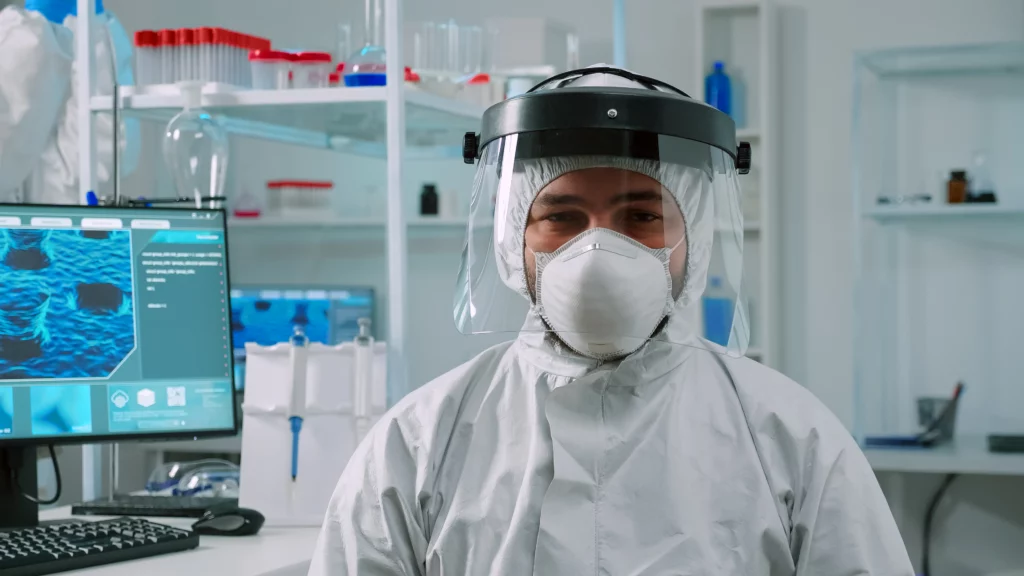
1. Compliance with Safety Standards
Selecting a shield that complies with European safety standards like EN 166 ensures reliable protection and peace of mind. These certifications ensure the shield has undergone rigorous testing for impact resistance, optical clarity, and chemical protection.
EN 166 ensures that the shield meets stringent European Union requirements, making it a reliable choice for workplace safety. Refer to this EU regulations guide for more details.
2. Durability and Material Suitability
Select a material based on the specific challenge in your workplace. If high-impact resistance is crucial, polycarbonate is a reliable choice. For chemical-heavy industries, prioritize acetate for its enhanced resistance to corrosive substances.
Polycarbonate shields effectively protect workers in metal grinding environments from high-speed debris.
3. Comfort and Adjustability
A face shield should fit securely without causing discomfort during prolonged use. Look for adjustable headbands, lightweight designs, and anti-fog coatings to enhance wearability. Features like padded headgear can make long shifts more manageable.
4. Visibility and Coatings
Choose a shield with anti-scratch and anti-fog coatings to maintain clear visibility, especially in humid or fast-paced environments. Enhanced coatings can make a significant difference in environments like food processing, where clarity is critical.
Matching Face Shields to Industrial Applications
Here’s a quick overview of face shields suited to common industrial tasks:
| Application | Recommended Material | Key Features |
| Metal Grinding | Polycarbonate | High impact resistance |
| Chemical Handling | Acetate | Chemical splash resistance |
| Welding | Polycarbonate (tinted) | UV and heat protection |
| Food Processing | PETG | Lightweight and hygienic |
For additional insight, explore our face shields category for products tailored to your needs. These examples demonstrate how material selection directly impacts worker safety in different environments.
Complementary PPE: Safety Glasses
While face shields provide excellent coverage, they are often used in conjunction with safety glasses for added eye protection. Safety glasses act as a secondary barrier against fine particles and debris.
For instance, metalworkers frequently combine face shields with safety glasses to guard against both large projectiles and fine dust particles. Learn more about selecting the right glasses in our Safety Glasses Buying Guide.
Maintenance and Care Tips
Proper maintenance ensures your face shield performs optimally over time:
- Clean Regularly: Use mild soap and water to clean the shield, avoiding abrasive chemicals that can damage coatings. This simple routine maintains clarity and prevents buildup.
- Inspect for Damage: Inspect for any signs of wear to ensure continued effectiveness. Regular inspections help maintain optimal protection in demanding environments like welding or chemical processing.
- Store Safely: Keep the shield in a protective case or designated storage area to prevent accidental damage. Storing the shield correctly helps maintain its shape and extends its lifespan.
These practices enhance the shield’s durability and ensure reliable performance during use.
Related Guides and Resources
For a comprehensive understanding of PPE, explore our sibling articles:
- How To Choose The Right Welding Glasses – A Buyer’s Guide
- Welding Helmets: Everything You Need To Know
- How To Choose Safety Glasses – A Buyer’s Guide
These resources offer in-depth information to help you make informed decisions about complementary PPE.
Conclusion
We hope this guide has been valuable in helping you navigate the key factors for selecting the right plastic face shield, from material choices to industry-specific needs. Whether you’re working in metal grinding, chemical handling, or any other industrial field, we’re here to support you in making the best decision for your safety.
Explore our full range of face shields on Droppe, featuring trusted brands tailored to your needs.
Have questions or need advice on finding the perfect face shield? Don’t hesitate to reach out—we’re always here to help ensure your safety and confidence with every purchase.
– The Droppe Team
Frequently Asked Questions
No, face shields should be used in conjunction with safety glasses or goggles for complete eye protection.
The shield should cover your entire face comfortably without obstructing vision. Look for adjustable headbands to ensure a secure fit.
Tinted shields are essential for welding to protect against UV rays and intense light. Ensure the tint level matches your specific needs.
With proper care, a plastic face shield can last several months to years, depending on usage and maintenance.
Use mild soap and water to clean your shield. Avoid harsh chemicals or abrasive cleaners that could damage coatings.

